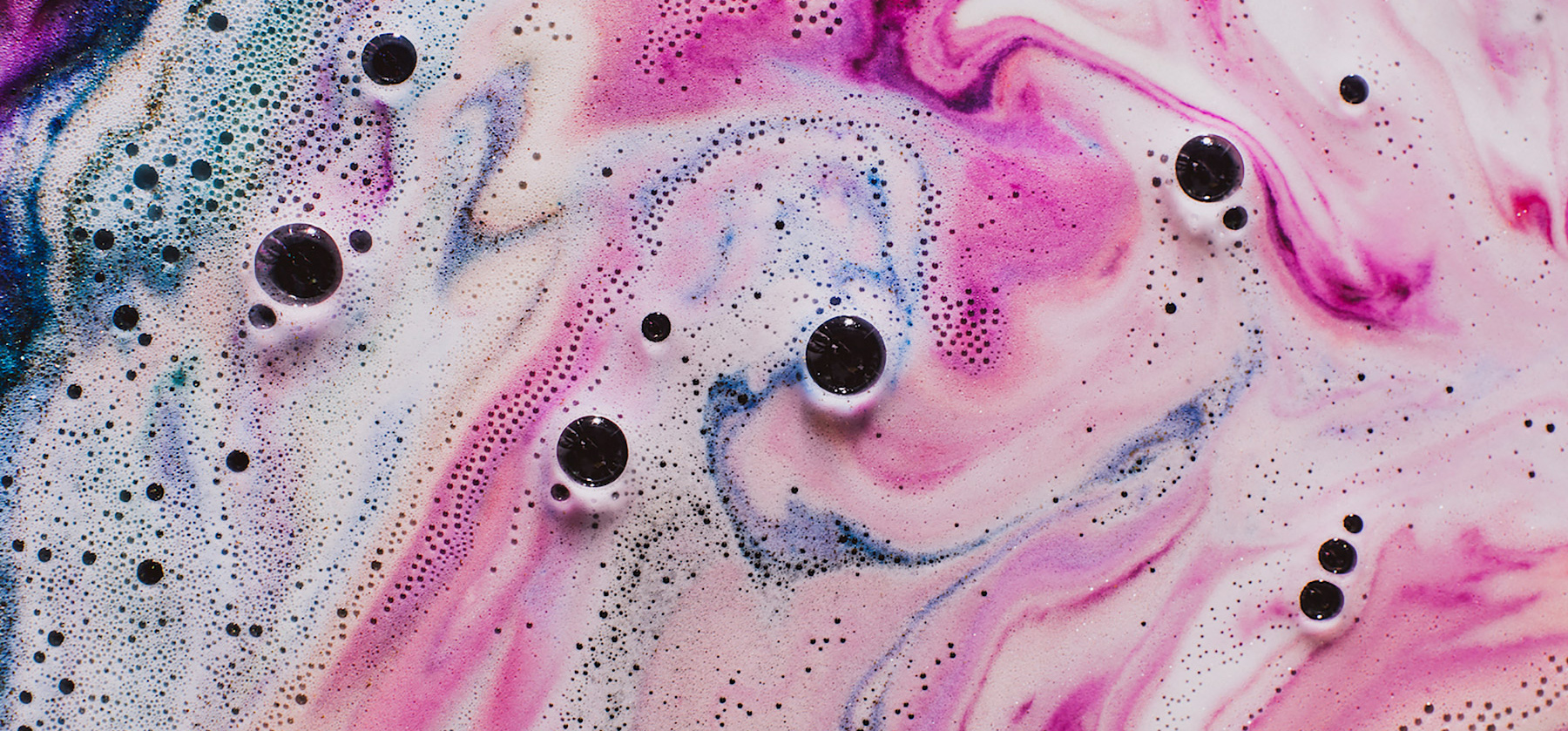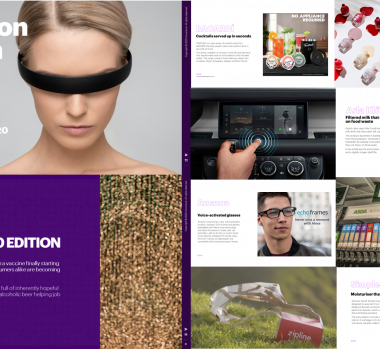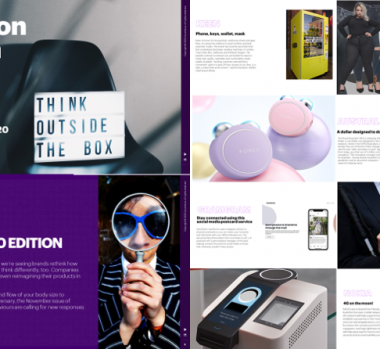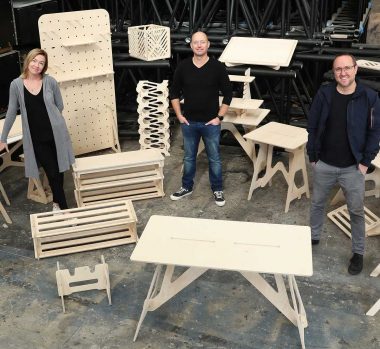5 Inspiring Experiments That Unlocked Innovation
In this issue of Innovation in 5, we share 5 examples of experiments which have paved the way to successful innovation- offering practical ideas for inspiration.
1. Make it at home: MOMA Foods
Convinced that there was a gap in the market for healthy and tasty on-the-go breakfasts, MOMA founder Tom Mercer decided to run what software developers call a smoke test (a quick, shallow test that determines whether further testing is worthwhile).
Tom prepared a liquid mixture of yoghurt, oats, and fruit which he put into labelled plastic bottles. He then headed to Waterloo station to hand them out. During this guerrilla style experiment, 200 bottles were exchanged for ‘customer’ email addresses and business cards.
This experiment allowed him to see how people people reacted to breakfast on the go and whether they enjoyed his healthy and filling product.
2. Testing before building the Minimum Viable Product: Buffer
The founder of Buffer—a Tweet scheduling app—did gradual ‘Fake Door’ experiments to validate that his idea was commercially viable. Testing interest before his product existed validated he would have customers before he spent time and money building anything.
Test number 1: Gauge customer interest. He tweeted an ad for the service to see if people would even consider using the app- and got a lot of interested customer clicks.
Test number 2: Test whether customers will pay. Clicks through to a further payment plan page told the founder that people would pay for the product.
He then felt comfortable to build his MVP.
3. Experimenting to reach ‘Minimum Viable Audience’: Groupon
To validate that Groupon was a desirable product, founder Andrew Mason started by building a minimum viable audience of people interested in group buying deals. The goal was to get enough people to subscribe to a newsletter sending out daily deals in Chicago.
In 2008, Groupon released its first-ever deal: buy two pizzas for the price of one from a pizzeria on the first floor of its Chicago headquarters. Twenty people bought the deal.
The newsletter was getting significant traction and the growing number of email subscribers gave Andrew and his investors the confidence to continue. The rest is history.
4. Making it real: Gü
When Gü started in 2003, there was no premium brand on the dessert shelves and founder James Averdieck was confident that indulgent desserts would be a success. However, he didn’t know whether highly premium packaging would appeal to consumers in a grocery store.
Armed with this critical assumption to test, James took a handful of Gü box prototypes, and took them into Waitrose. He put the packaging on the shelf and waited to see if people picked up the boxes.
He knew that his product would deliver on taste. But he needed to experiment to see whether people would put his boxes into their baskets—and they did.
5. Re-booting pharmacy shopping: Boots
Experimentation also helps to revive established products.
Ever seen empty medication boxes on a store shelf, which you then buy behind the counter? This dates back to a ?What If! project many years ago.
Pharmacy shoppers were buying off-the-shelf products on autopilot, and sales of more effective behind-the-counter drugs were declining.
An experimental approach solved the problem. We did multiple experiments in a pilot store, and many ideas failed. 2 days in, we took ‘prescription only’ packs, removed their contents, and put them on the shelf. That day, many more packs were sold as shoppers exchanged them at the pharmacy.
Within weeks, the idea spread to stores nationwide, uplifting pharmacy sales. Not bad for 3 days of experimenting. Simple tests can be highly effective.
If you’d like to learn more about our approach to experimentation, please contact us!
Get in touch


